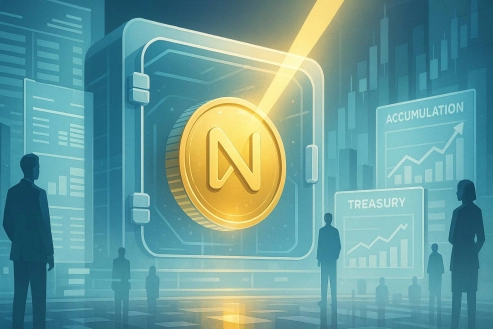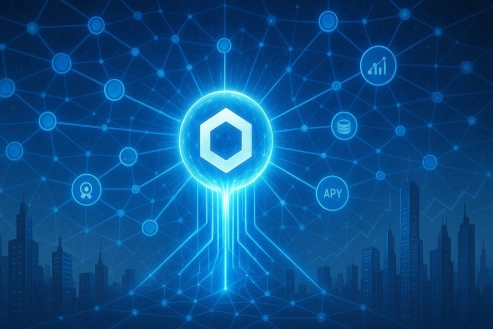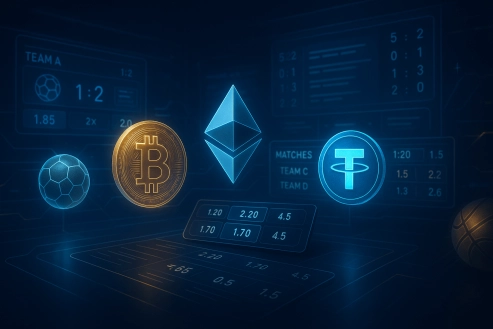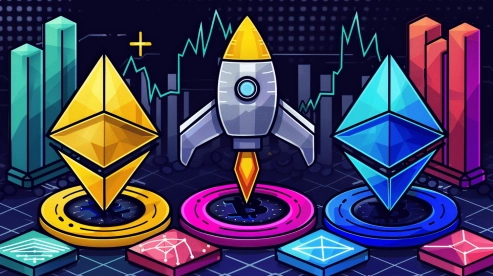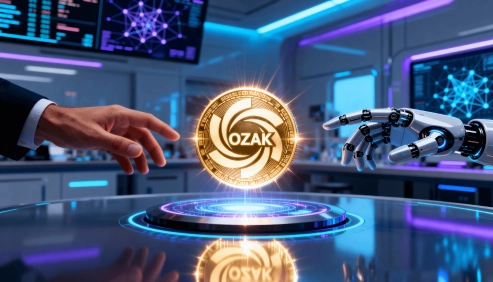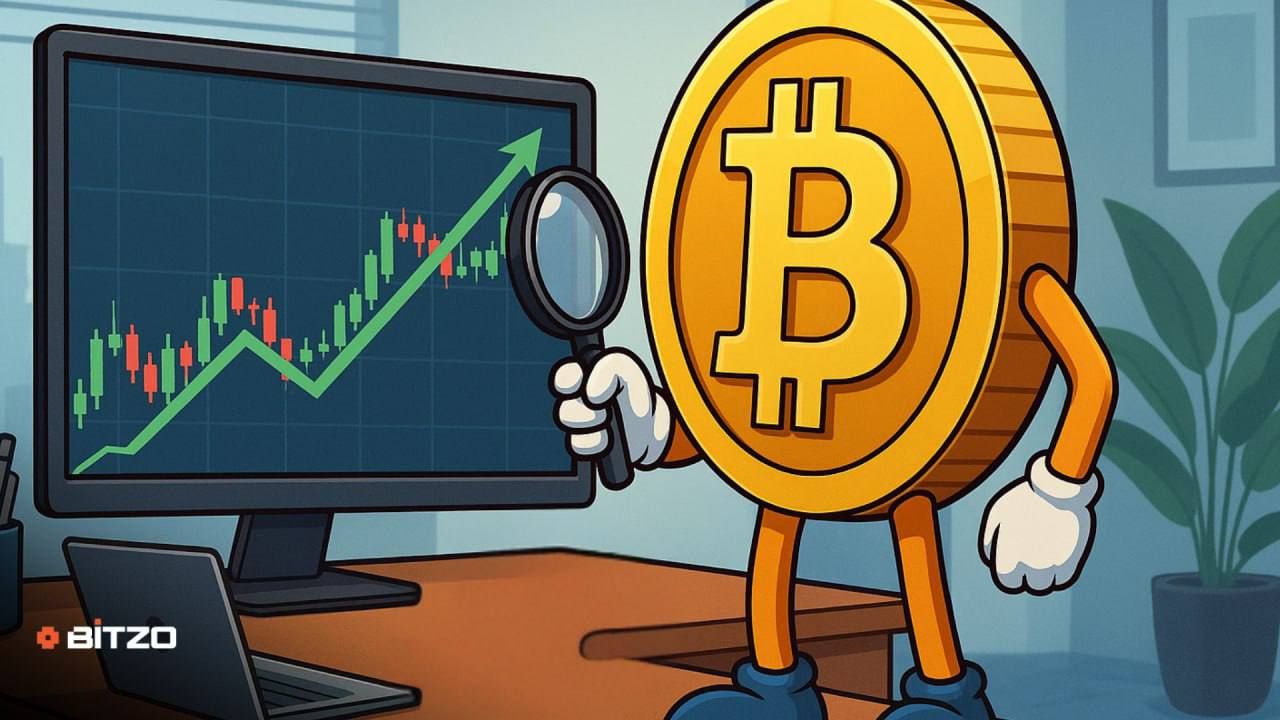Table of Contents
- Leading Projects Whales Are Watching - Quick Overview
- PlutoChain - Potentially Broadening Bitcoin with DeFi and More
- XRP - Whale Interest Grows with Regulatory Clarity
- Solana - Demand Driven by Speed and Scalability
- Ethereum - The Institutional Favorite
- Cardano - A Research-Driven Blockchain Drawing Whales
- Polkadot - Leading the Way in Blockchain Interoperability
- Final Words









